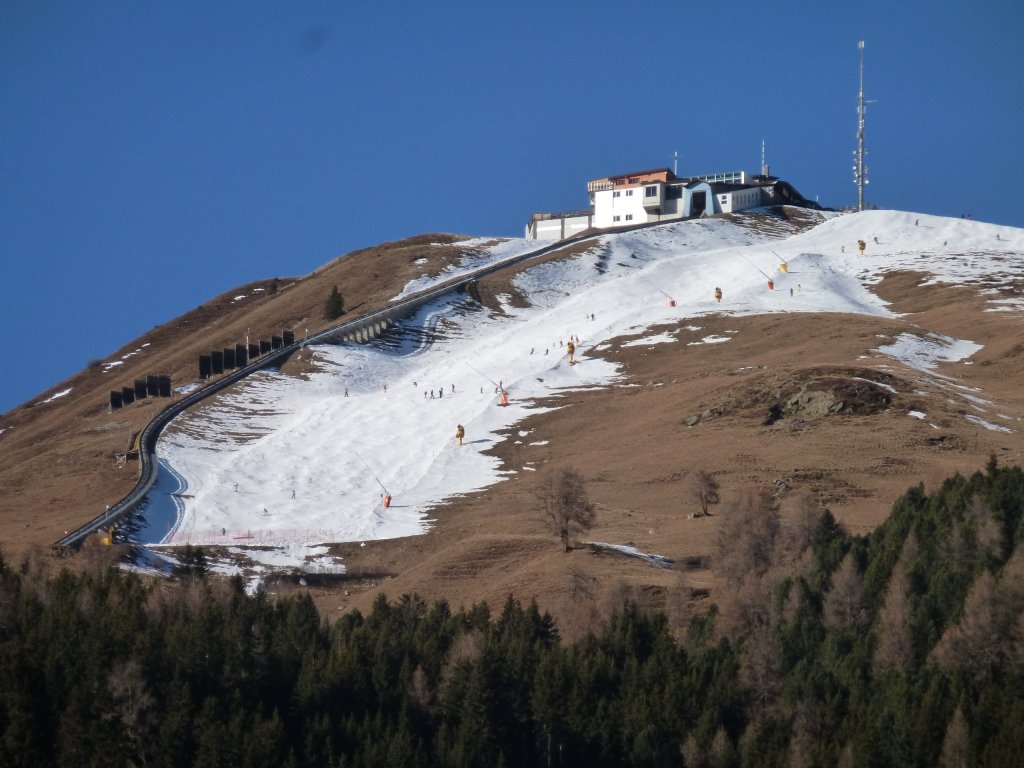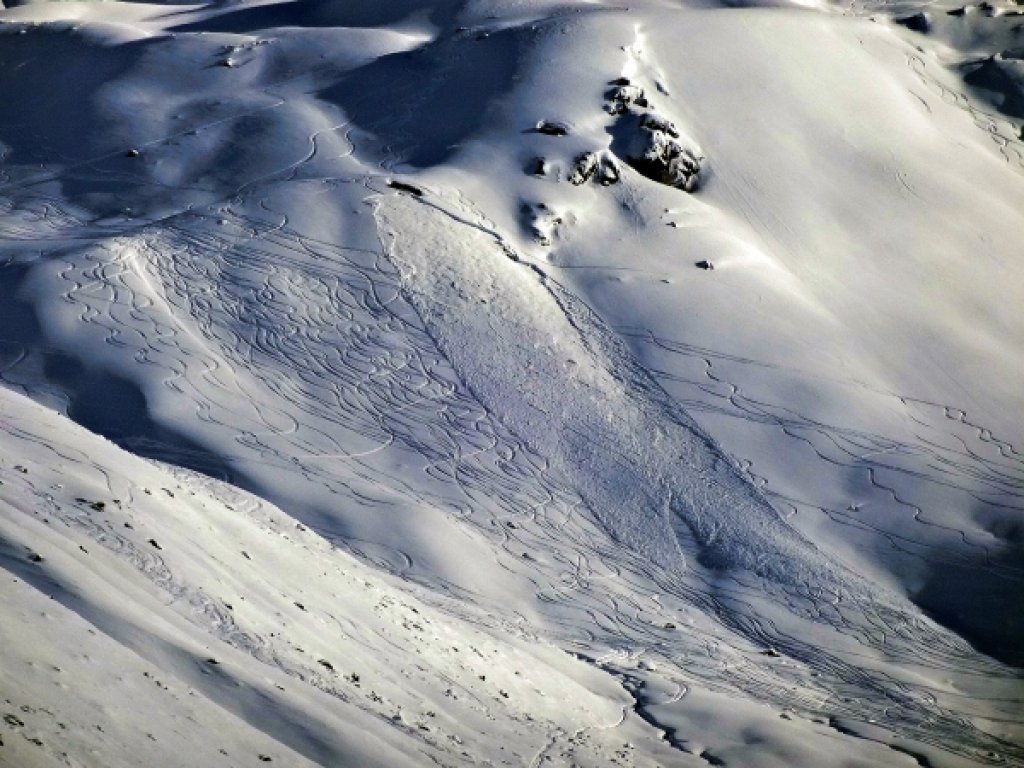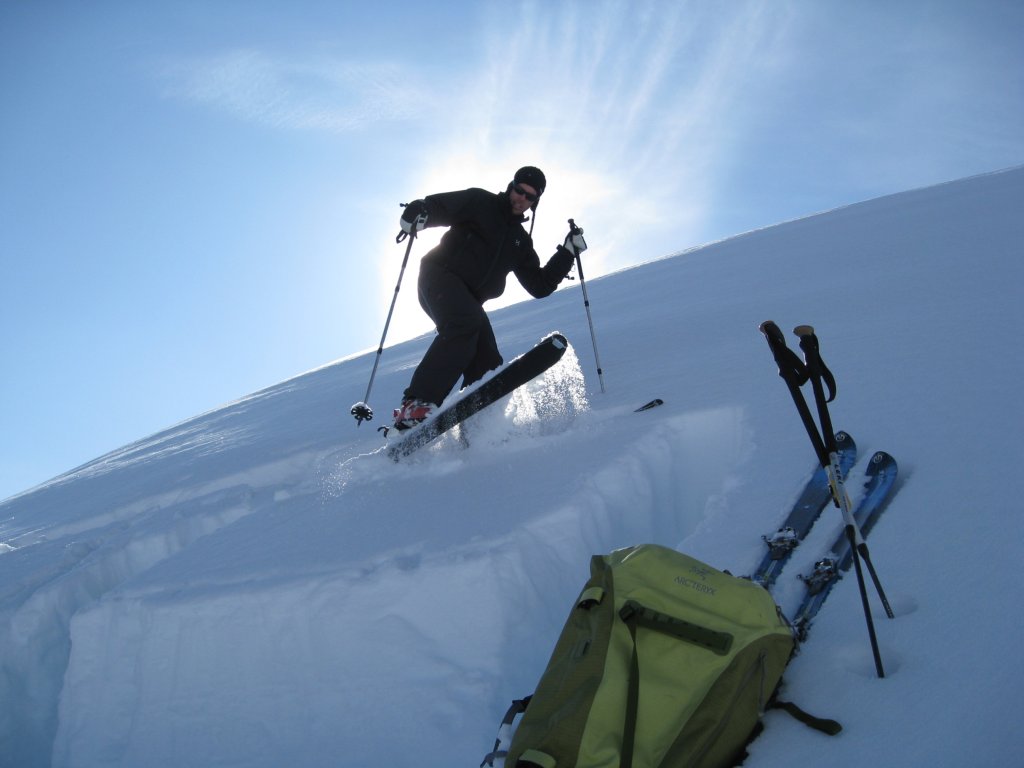The following parameters were evaluated for each station and season: maximum snow depth and time of maximum snow depth, first snowfall (=date of the first day of a phase with continuous snow cover), snowmelt (=date of the first day without snow cover after a longer phase with snow), duration of snow cover and number of days with snow depth above various threshold values (1, 20, 50, 100 cm). In each case, the entire year was considered, from September 1 to August 31 of the following year.
The time of first snow cover has shifted backwards at all 11 stations, but only at 4 of them in a statistically significant way, namely by 3.1 to 4 days per decade (+- 0.2 days). The timing of the tapering has shifted more strongly and the change is statistically significant at all stations. On average across the 11 stations, the snow cover was 5.8 days earlier per decade. Currently, the date of first snow cover at the lowest station (Airolo, 1139m) falls on average on December 7, that of the highest station (Weissfluhjoch, 2540m) on October 25. In 1970 it was November 22 and October 15 respectively. The lowest station is conquered around March 16 (1970: April 15), the highest around June 25 (1970: July 20).
The maximum snow depth has decreased at all stations (significantly at 7 of them), regardless of the altitude or geographical location of the stations. Depending on the station, the decrease was between 3.9 and 10.6% per decade. The date of maximum snow depth has shifted forward (exception: Davos station) and the number of days with snow cover has decreased for all snow depth threshold values.
Other studies have already shown many times that snow depths and the duration of snow cover are decreasing in many places, but in contrast to the study discussed here, mostly only for relatively low-lying stations and only with reference to the winter season (typically around December to March), which sometimes gave the impression that there were few changes at snowy, high stations. This study refutes this and shows that the high stations are also very much affected.
Study:



